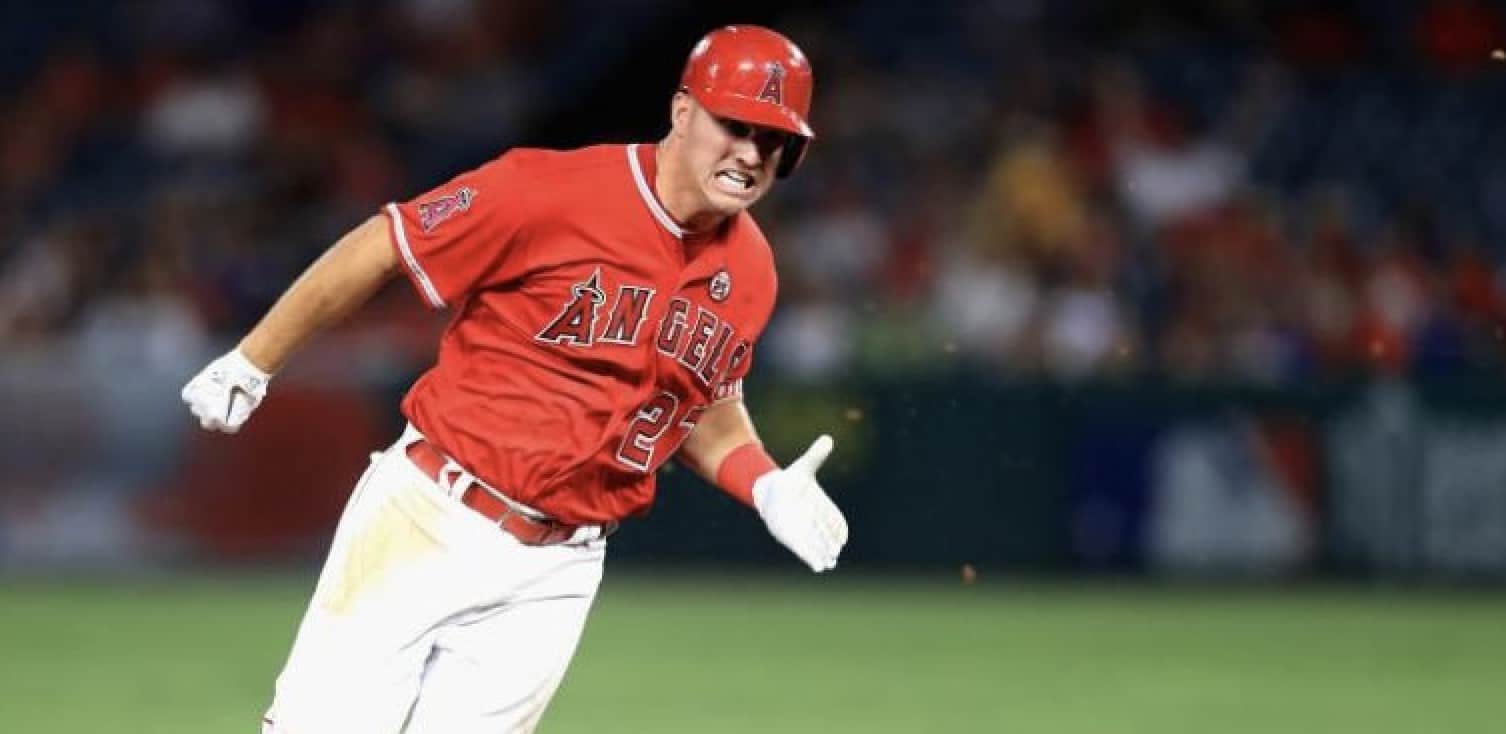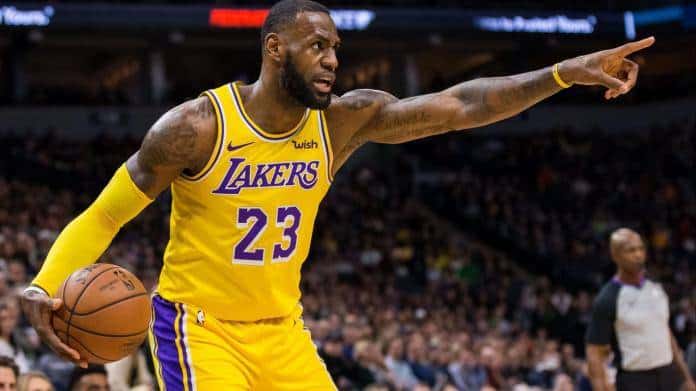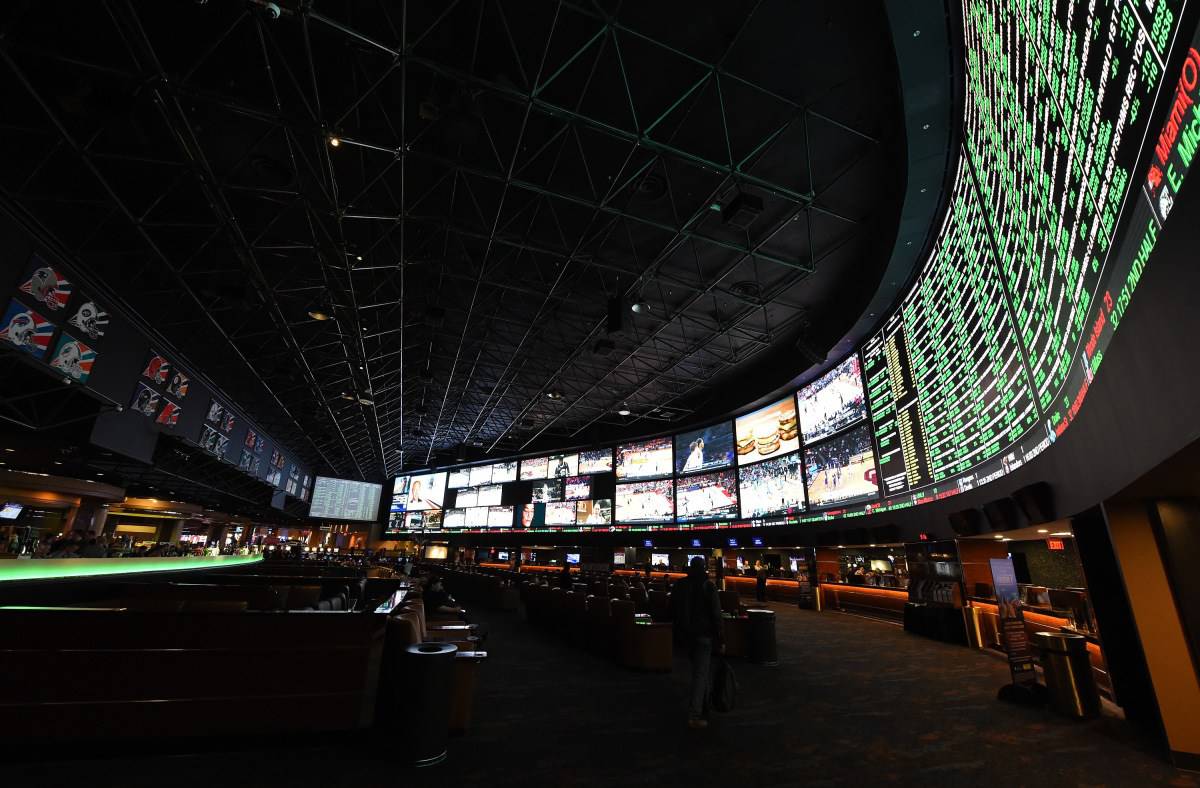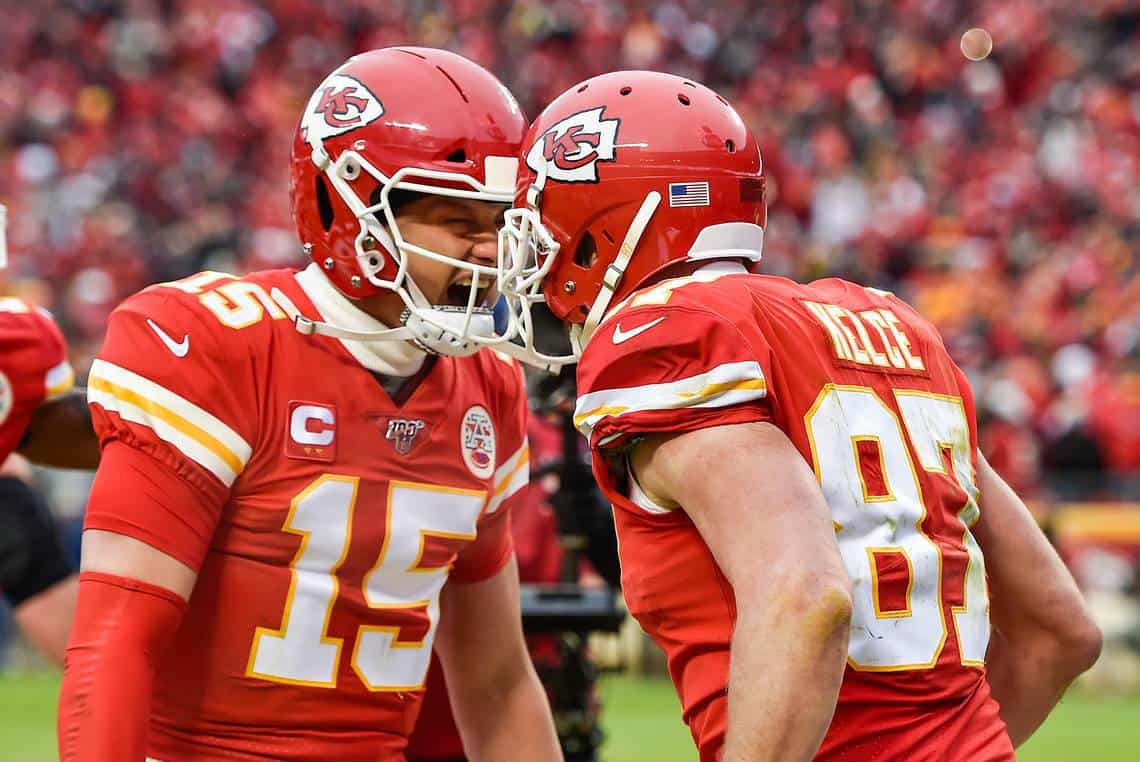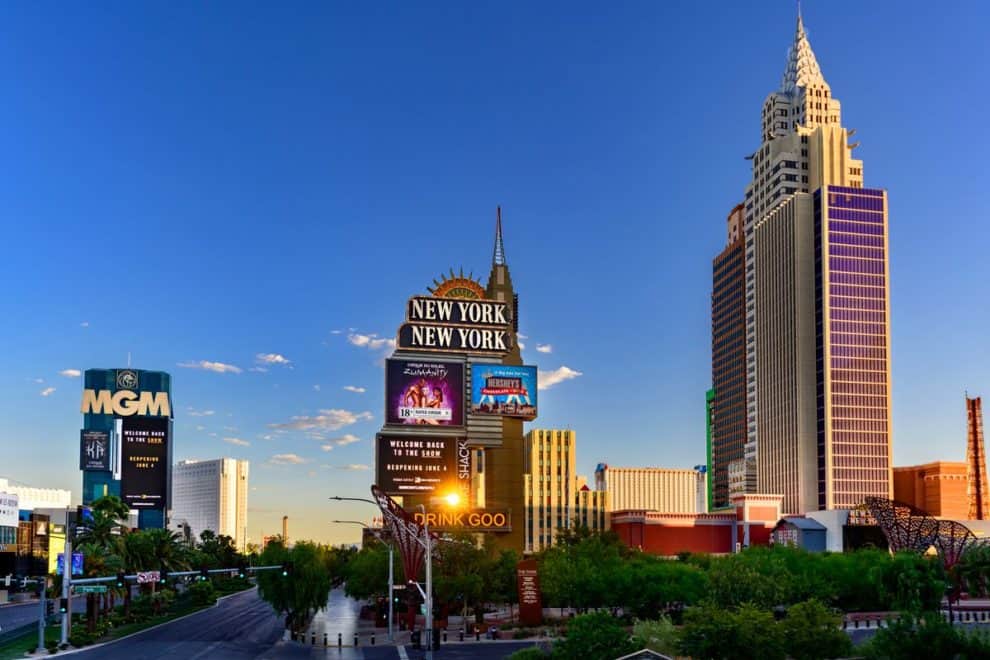
- Nevada’s gaming industry have been given the go ahead to reopen by Governor Steve Sisolak after a shutdown of more than two months.
- Most gaming companies are planning a gradual reopening of their Nevada properties based on demand.
- According to industry sources, the initial demand looks very strong.
On May 24, Nevada Governor Steve Sisolak set a target date of June 4 for the reopening of the state’s gaming industry. Just after midnight Pacific Time on Thursday morning a number of Las Vegas properties are set to once again welcome customers. As Nevada’s biggest industry returns to life the mood is increasingly hopeful as the initial demand from visitors is much stronger than originally anticipated.
With so much unknown about the mood of the consumer toward gaming and travel in the post pandemic world the large gaming companies all planned to reopen their property portfolios gradually. Caesars Entertainment will reopen Flamingo and Caesars Palace on June 4 while MGM Resorts plans to open Bellagio, MGM Grand and New York-New York the same day. Locals casino companies like Stations Casinos are planning a similar strategy. The explanation given by all is that they want to try and keep their capacity commensurate with demand.
With Nevada’s economy devastated by the COVID-19 pandemic and April gaming revenues down an almost unfathomable 99.6% from the previous year any good news is appreciated. For that reason, it’s being taken as a very hopeful sign that consumer demand looks stronger than initially forecast. Travel interest to Las Vegas has been strong enough that several companies have expedited plans to reopen additional properties. Caesars Entertainment will reopen Harrah’s Las Vegas on Friday and MGM Resorts will reopen the Excalibur on June 11.
In a statement announcing plans to reopen Harrah’s, Caesars Entertainment CEO said it short and sweet:
“Initial customer demand to visit the Las Vegas Strip has been much stronger than anticipated.”
Boyd Gaming spokesman David Strow was more expansive though he declined to provide any details in terms of occupancy or reopening plans:
“We’re very encouraged so far with what we’ve been seeing. I think that people have been very eager to return. We have a lot of regular customers that have gotten to know our team members very well, and so they’re very happy to be able to come back and see folks again.”
Nevada Resorts Association President Virginia Valentine sounded a similar theme indicating that anecdotal reports statewide suggests strong demand:
“Some of the news indicates more rooms may be booked than originally thought. It is looking like we’ll have a very positive response to the reopening. Obviously, we want people to be safe when they come back, and we’ve been making preparations now for months to bring them back to a safe and exciting environment.”
OTHER TRAVEL METRICS ALSO SHOWING STRONG INTEREST IN LAS VEGAS
Although comprehensive data is hard to come by a number of other metrics also suggest a strong demand from consumers for the unique offerings of Las Vegas. Online travel sites like Priceline and Orbitz have indicated an increase in searches for Las Vegas compared with the previous week. Both also indicated that hotel searches were higher than flight searches–actually a good sign as it suggests that the ‘drive up’ market from California and elsewhere is eying a trip to Southern Nevada. The next metric to keep an eye on–vehicular traffic data from the Nevada Department of Transportation will be able to quantify any increase.
Air travel is also looking good. Southwest Airlines brings more customers to Las Vegas than any other airline at McCarran International Airport and they say that they’ve seen a bump in bookings since the Southern Nevada gaming properties began to announce reopening plans. Spirit Airlines–McCarran’s second busiest–has also seen increased demand and will be adding additional routes starting this weekend. By July, Spirit will have 39 flights per day into McCarran compared with just five flights per day in May.
Economic analysts are tempering the enthusiasm somewhat and rightfully reminding that cutting into a 33.5% unemployment rate (Las Vegas’ city unemployment rate last month) takes time. Several questions remain–will the increased demand shown for June and July continue? If all goes well for the opening, the ‘word of mouth’ from returning travelers won’t hurt. There is some hope found in the fact that prior to the COVID-19 pandemic and the economic collateral damage it brought the Las Vegas economy was very strong. The unemployment market in particular was robust with unemployment near an all time low at 3.9%. The area has since lost 200,000 jobs in March and April with many of these in the local gaming and tourism industries.






